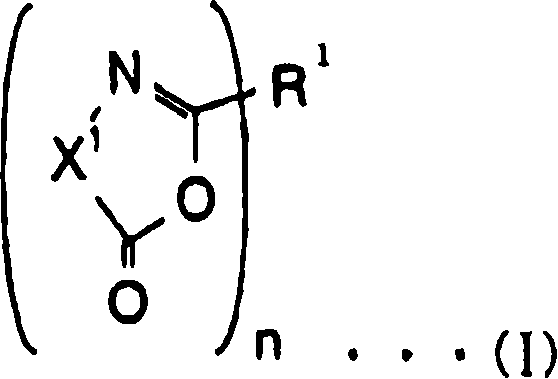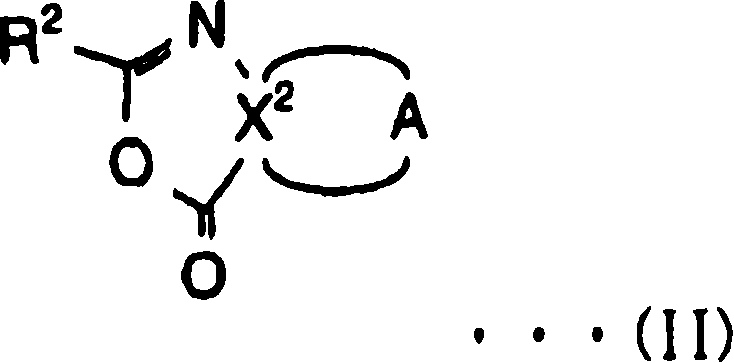Easily adhesive polyester film for solar cell back surface-protecting film and solar cell back surface-protecting film obtained using the same
A technology of solar cells and polyester films, applied in circuits, photovoltaic power generation, electrical components, etc., can solve problems such as insufficient effect and inability to use
- Summary
- Abstract
- Description
- Claims
- Application Information
AI Technical Summary
Problems solved by technology
Method used
Image
Examples
Embodiment 1~7 and comparative example 1
[0154] Polyethylene terephthalate (intrinsic viscosity: 0.62) was melt-extruded onto a rotating cooling drum maintained at 20° C. to make an unstretched film. Next, after stretching to 3.3 times at 100° C. in the longitudinal direction, an aqueous coating liquid having a concentration of 8% by weight of the following composition for a coating film (Table 1) was uniformly applied to both sides by a roll coater. Next, the coated film was stretched further, dried at 95°C, stretched to 3.6 times in the transverse direction at 110°C, shrunk by 3% in the width direction at 220°C, and heat-set to obtain a thickness of 50 μm polyester film. In addition, the thickness of the coating film was 0.05 micrometers. These evaluation results are shown in Table 2.
[0155] Table 1
[0156]
[0157] Crosslinking agent A-1: 30 mol% of methyl methacrylate / 2-isopropenyl-2-oxazoline 30 mol% / polyethylene oxide (n=10) methacrylate 10 mol% / A polymer having an oxazoline group composed of 30 mo...
Embodiment 8
[0170] Polyethylene terephthalate (intrinsic viscosity: 0.62) containing 1% by weight of an ultraviolet absorber represented by the following formula was melt-extruded onto a rotating cooling drum maintained at 20° C. to form an unstretched film.
[0171]
[0172] Thereafter, a film was obtained in the same manner as in Example 3. Table 2 shows the evaluation results of the polyester film.
Embodiment 9
[0176] Polyethylene 2,6-naphthalate (intrinsic viscosity: 0.58) was melt-extruded onto a rotating cooling drum maintained at 60° C. to make an unstretched film. Next, after stretching to 3.3 times in the longitudinal direction at 140° C., the aqueous coating liquid used in Example 3 was uniformly applied to one surface with a roll coater. Next, the coated film was stretched, dried at 130°C, stretched to 3.6 times in the transverse direction at 150°C, shrunk by 3% in the width direction at 240°C, and heat-set to obtain a thickness 50μm polyester film. In addition, the thickness of the coating film was 0.05 micrometers. These evaluation results are shown in Table 2.
PUM
| Property | Measurement | Unit |
|---|---|---|
| Glass transition point | aaaaa | aaaaa |
| The average particle size | aaaaa | aaaaa |
| Thickness | aaaaa | aaaaa |
Abstract
Description
Claims
Application Information
 Login to View More
Login to View More - R&D
- Intellectual Property
- Life Sciences
- Materials
- Tech Scout
- Unparalleled Data Quality
- Higher Quality Content
- 60% Fewer Hallucinations
Browse by: Latest US Patents, China's latest patents, Technical Efficacy Thesaurus, Application Domain, Technology Topic, Popular Technical Reports.
© 2025 PatSnap. All rights reserved.Legal|Privacy policy|Modern Slavery Act Transparency Statement|Sitemap|About US| Contact US: help@patsnap.com



